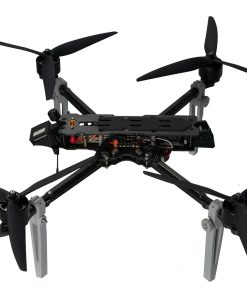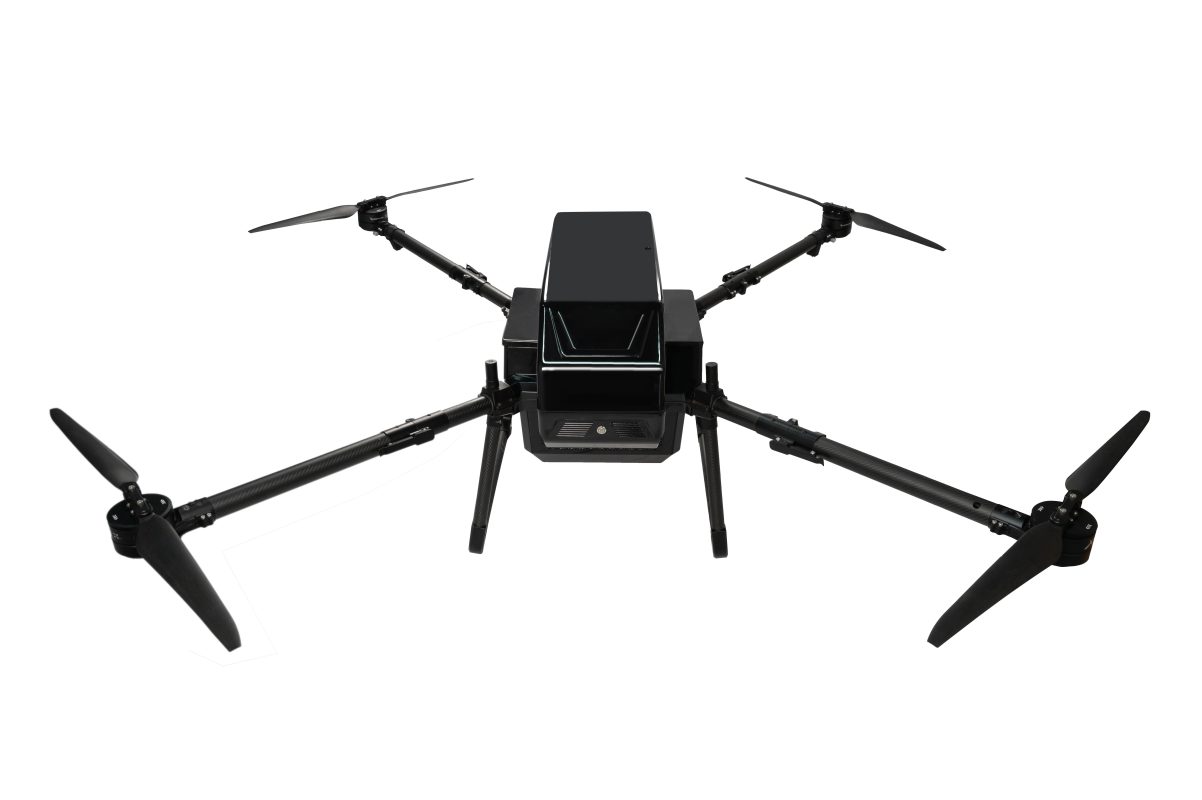-
×
 X4-7 FPV Drone with 7 Frame and BetaFlight System
1 × $5,000.00
X4-7 FPV Drone with 7 Frame and BetaFlight System
1 × $5,000.00
Blog
How to Choose the Right Drone for Your Needs – A Beginner’s Guide
?1. Define Your Purpose
Before choosing a drone, it’s important to define how you plan to use it. Whether it’s for aerial photography, racing, inspection, or agricultural work, different models cater to specific tasks.
⚙️ 2. Flight Control Systems Matter
Drones like the X4-7 support both INAV and BETAFLIGHT flight controllers. INAV offers stable GPS-based flight, great for mapping and steady shots, while BETAFLIGHT is ideal for high-speed racing and agile control.
? 3. Battery Life & Performance
Flight time is crucial. A drone equipped with a 4S 5100mAh or 6S 8000mAh battery can fly up to 30 minutes, making it suitable for long-distance photography or inspections.
?️ 4. Navigation & Positioning
Choose drones with multi-satellite systems like GPS, BeiDou, and Galileo for precise positioning. This ensures stable performance even in challenging environments.
? 5. Size, Weight & Portability
Compact drones with a frame size of around 25–31 cm and a weight between 1.3kg–2.5kg strike a good balance between stability and portability.
? 6. Signal Control & Reliability
A 915MHz receiver provides strong anti-interference capabilities. Paired with a 16-channel remote controller, you gain flexible control for various functions like gimbal angle adjustment and mode switching.
? 7. Smart Functions & Safety Features
Features like auto takeoff, smart return-to-home, and low battery alerts are essential for beginners. Multi-mode support (beginner, normal, pro) makes flying safer and easier.
? 8. Choose According to Scenario
-
Aerial Photography – Look for stabilized gimbals, 4K cameras, and steady flight.
-
Racing – Prioritize speed, agility, and lightweight design.
-
Inspection – Focus on endurance, signal strength, and compatibility with payloads.
? Final Thoughts
The right drone enhances both creative freedom and work efficiency. Always consider your skill level, intended usage, and budget before choosing. A well-matched drone will bring you a rewarding flying experience.


